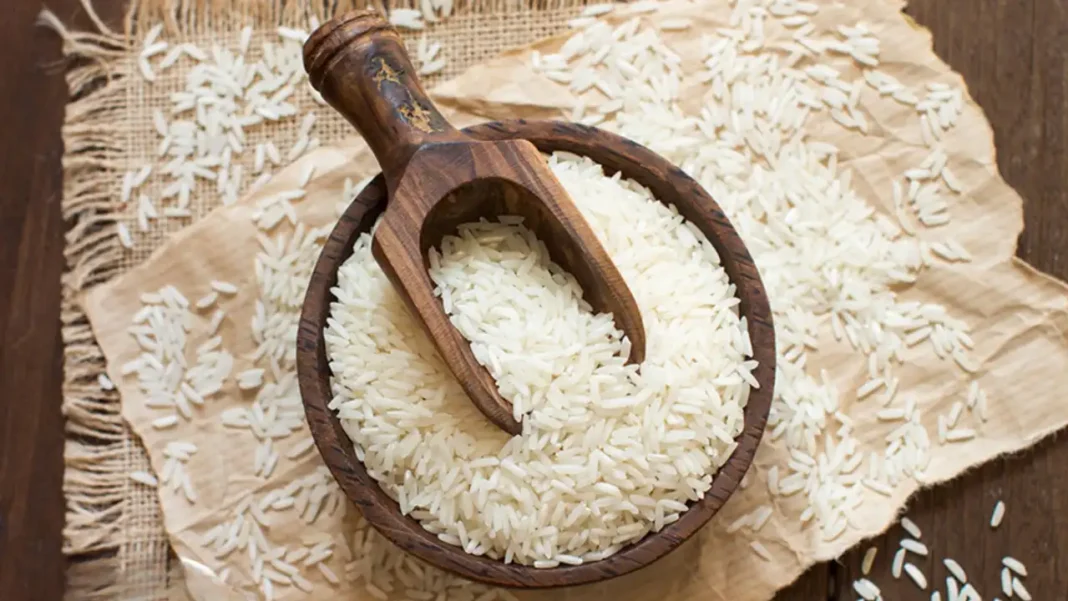Rising food costs in recent years have led farmers across the globe to increase the cultivation of cereals and oilseeds. However, consumers are expected to encounter limited supplies until 2024 due to adverse El Nino weather conditions, export restrictions, and elevated biofuel mandates.
Global wheat, corn, and soybean prices, following several years of strong gains, are anticipated to incur losses in 2023. This projection is influenced by the easing of bottlenecks in the Black Sea region and concerns about a potential global recession. Despite this, analysts and traders warn that prices remain vulnerable to supply shocks and food inflation in the New Year.
“The supply picture for grains certainly improved in 2023 with bigger crops in some of the key places which matter. But we are not really out of the woods yet,” said Ole Houe, director of advisory services at agriculture brokerage IKON Commodities in Sydney.
“We have El Nino weather forecast until at least April-May, Brazil is almost certainly going to produce less corn, and China is surprising the market by buying larger volumes of wheat and corn form the international market.”
The El Nino weather phenomenon, responsible for inducing dry conditions in significant portions of Asia this year, is predicted to continue in the first half of 2024. This continuity poses a threat to the availability of rice, wheat, palm oil, and other agricultural products in some of the world’s top agricultural exporters and importers.
Traders and officials anticipate a decline in Asian rice production in the first half of 2024 due to dry planting conditions and diminishing reservoirs, which are expected to reduce yields.
Global rice supplies have already experienced a tightening this year, as the El Nino weather phenomenon has impacted production. This has led India, the largest exporter of rice worldwide, to impose restrictions on shipments.
While other grain markets were facing declines in value, rice prices surged to their highest point in 15 years in 2023. Quotations in certain Asian export hubs recorded gains of 40%-45%.
India’s next wheat crop is also being threatened by a lack of moisture, which could force the world’s second-largest wheat consumer to seek imports for the first time in six years as domestic inventories at state warehouses have dropped to their lowest in seven years.
By April, Australian farmers, the world’s second-largest wheat exporter, may find themselves planting their crop in arid soils. Months of intense heat have diminished yields for this year’s crop, concluding a three-year streak of record harvests.
This is expected to lead buyers, such as China and Indonesia, to look for greater quantities of wheat from alternative exporters in North America, Europe, and the Black Sea region.
“The (wheat) supply situation in the current 2023/24 crop year is likely to deteriorate compared to last season,” Commerzbank wrote in a note.
“This is because exports from important producer countries are likely to be significantly lower.”
On the bright side for grain supplies, there is an expectation of improved corn, wheat, and soybean production in South America in 2024, although uncertainties arise due to erratic weather conditions in Brazil.
As per Argentina’s Rosario Grains Exchange (BCR), 95% of early planted corn and 75% of soybeans are in “excellent to very good” conditions, attributed to rains since the end of October across the country’s Pampas region.
Brazil is poised for near-record farm output in 2024; however, estimates for the country’s soybean and corn production have been revised downward in recent weeks due to dry weather.
Global palm oil production is expected to decrease next year because of dry El Nino weather conditions. This development is likely to bolster cooking oil prices, which experienced a drop of more than 10% in 2023. The decline in output coincides with the anticipation of increased demand for palm oil-based biodiesel and cooking oil.
“We see more upside price risk than down,” said CoBank, a leading lender to the U.S. agriculture sector.
“Global grain and oilseed stock inventories are tight by historic measures, the northern hemisphere will likely have a strong El Nino weather pattern during the growing season for the first time since 2015, the dollar should continue its recent decline, and global demand should return to its long-term growth trend.”


